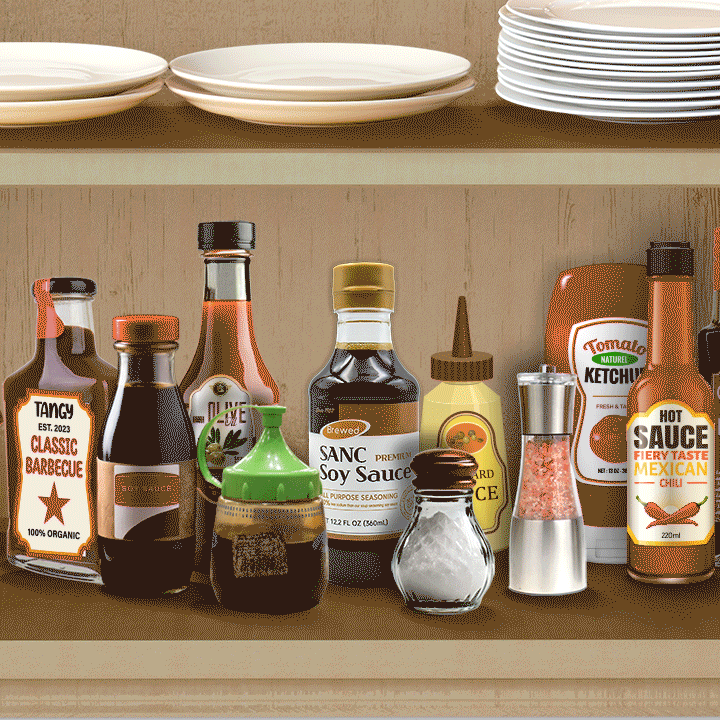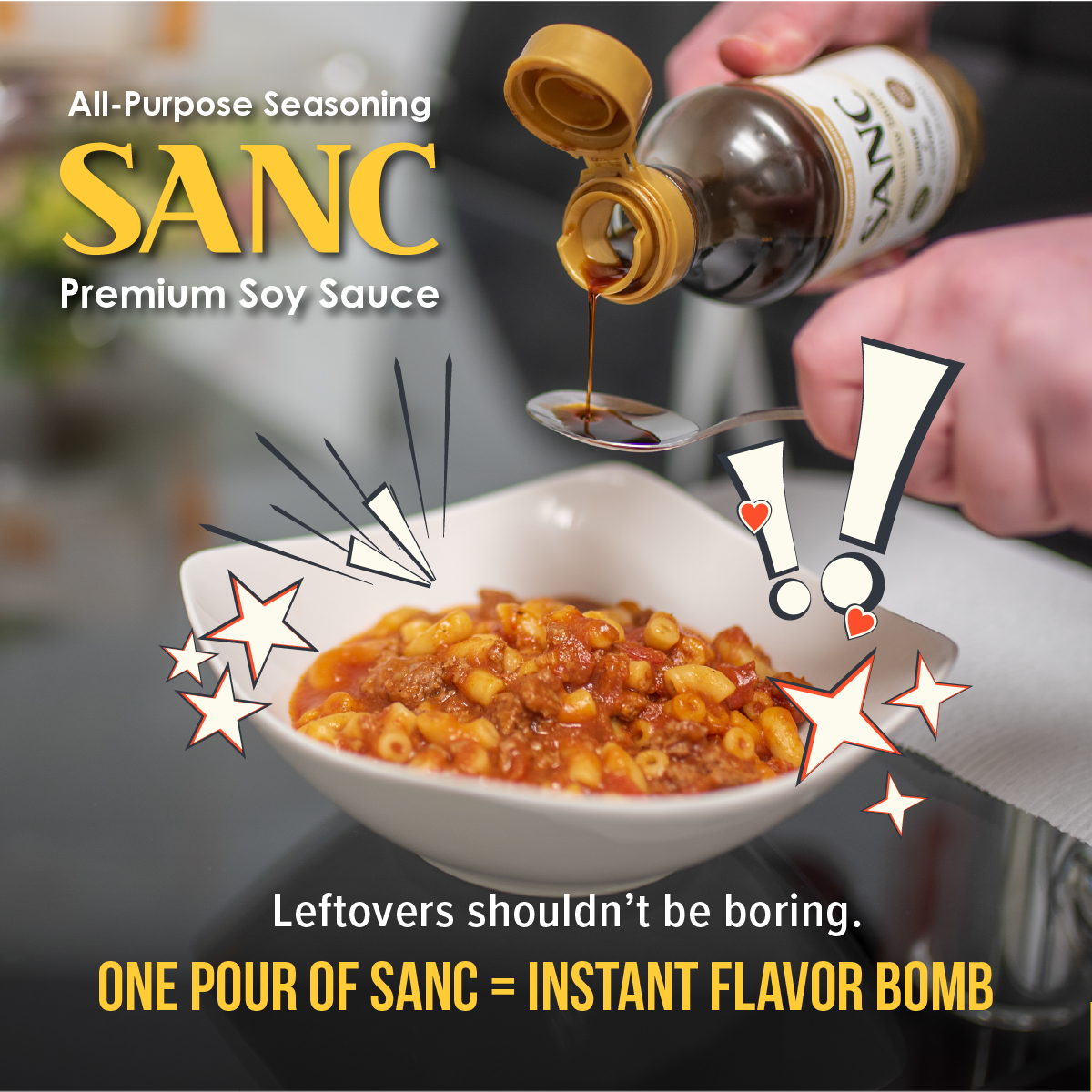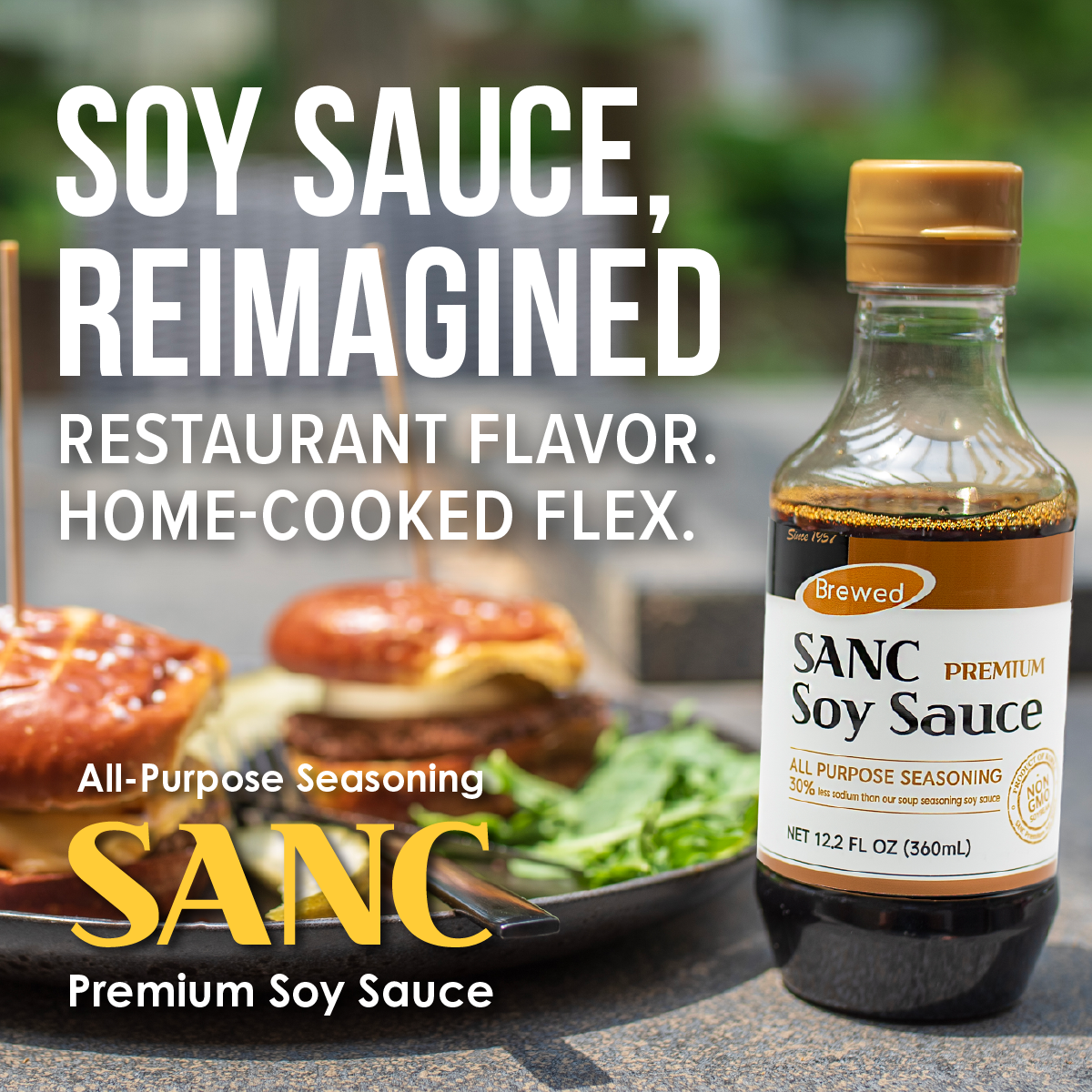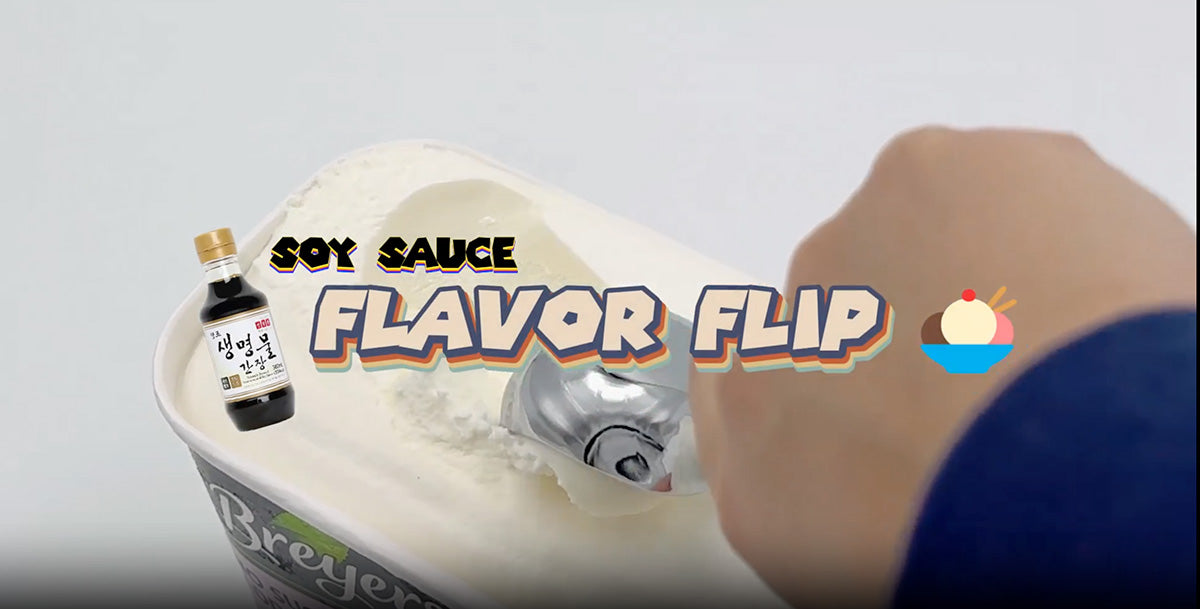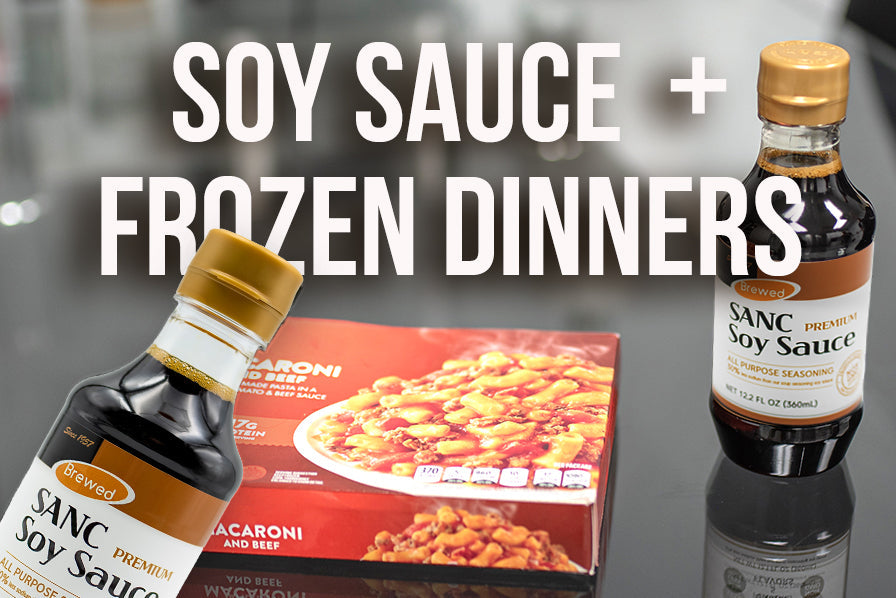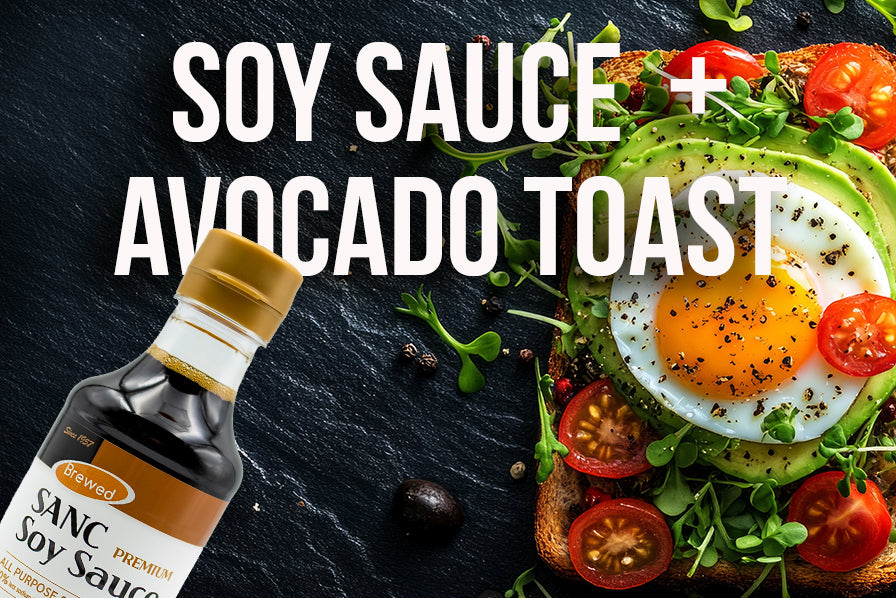· By Susan Kim
How Is Soy Sauce Made

Soy sauce is one of the most iconic condiments in global cuisine—rich in umami, complex in flavor, and endlessly versatile. But how is soy sauce made? From its ancient origins to modern manufacturing, the journey of soy sauce is a story of tradition, fermentation, and craftsmanship.
In this guide, we’ll walk you through the history, the traditional brewing process, how modern production has evolved, and even show you how to make your own soy sauce at home.
🌏 Origins & History of Soy Sauce
Soy sauce has its roots in ancient China, dating back over 2,500 years to a fermented paste called jiang (醬), which included fermented soybeans, grains, and salt. Over centuries, this technique traveled across Asia, evolving uniquely in countries like Japan (shoyu), Korea (ganjang), and Indonesia (kecap manis).
Key Historical Milestones:
-
China (5th Century BCE): Birth of fermented soybean pastes and early soy sauces.
-
Japan (7th Century CE): Introduction via Buddhist monks; soy sauce evolved into shoyu.
-
Korea: Developed its own version, ganjang, typically made without wheat.
-
Industrial Revolution: Saw the rise of mass-produced, chemically processed soy sauce.
Today, soy sauce is an essential element in Asian cuisines and has found its way into global kitchens—used in everything from marinades to salad dressings.

🍶 Traditional Soy Sauce Production
Authentic soy sauce is not just mixed—it's brewed and aged, often for months or even years. The process involves natural fermentation, which brings out deep umami flavor, complexity, and aroma.
Key Ingredients:
-
Soybeans – the base protein source.
-
Wheat – provides starch and sugars that break down during fermentation (not used in tamari).
-
Salt – acts as a preservative and flavor enhancer.
-
Koji mold (Aspergillus oryzae) – starter culture for fermentation.
-
Water – the medium for brewing and salt dissolution.
Step-by-Step Traditional Brewing Process:
1. Soaking & Steaming
Soybeans are soaked overnight and steamed until soft. Simultaneously, wheat is roasted and crushed to prepare for inoculation.
2. Koji Culturing
The mixture of steamed soybeans and roasted wheat is inoculated with koji mold and incubated in a warm, humid environment for 3–4 days. This forms the base koji.
3. Brine Fermentation
The koji is combined with a salt-water solution (called moromi) and transferred to fermentation tanks. Here, it ferments naturally for 6 to 12 months, or even longer in artisanal setups.
4. Pressing
After aging, the fermented mixture is pressed through cloth or mesh to extract the raw soy sauce liquid.
5. Pasteurization
The extracted liquid is pasteurized to kill any microbes, stabilize flavor, and extend shelf life.
6. Bottling
The final product is bottled and sealed. High-end soy sauces may age in the bottle for further development.
Example: SANC Soy Sauce
SANC Low Sodium Soy Sauce follows a 6-month fermentation process enhanced with Mozart classical music, which stimulates microbial activity for richer umami. It's brewed with non-GMO soybeans, aged naturally, and contains no artificial additives.
🧪 Modern Soy Sauce Manufacturing Methods
Not all soy sauces are created equal. To meet global demand, many companies now use chemical hydrolysis instead of fermentation.
Acid-Hydrolyzed Soy Sauce (Fast Processed):
-
Made in a matter of days, not months.
-
Uses hydrochloric acid to break down soy proteins into amino acids.
-
Lacks the depth and aroma of naturally brewed soy sauce.
-
Often contains added color (caramel), preservatives, and artificial flavor enhancers like MSG.
While it’s cheap and mass-produced, this type of soy sauce lacks the health benefits and taste of traditionally brewed options.
Naturally Brewed (Modernized):
Premium brands like Kikkoman, San-J, and SANC continue to use natural fermentation, but streamline parts of the process with temperature control, mechanized stirring, and automated bottling.
Why Naturally Brewed Is Better:
-
Deeper umami due to prolonged fermentation.
-
No need for MSG or preservatives.
-
Better nutrient profile from slow aging.
👩🍳 Homemade Soy Sauce Recipe
Yes, you can make soy sauce at home—but it takes time and patience. Here’s a simplified recipe to try your hand at brewing your own small batch:
Ingredients:
-
1 cup dried soybeans
-
1 cup whole wheat flour
-
4 tbsp sea salt
-
4 cups filtered water
-
1 tsp koji starter (or unpasteurized miso as an alternative)
Instructions:
Step 1: Prep the Soybeans
-
Soak soybeans overnight.
-
Boil for 2–3 hours or pressure cook until soft.
-
Mash thoroughly.
Step 2: Combine with Wheat
-
Toast wheat flour until golden.
-
Mix with mashed soybeans to form a thick paste.
Step 3: Add Koji
-
Stir in koji starter or mix in a spoon of unpasteurized miso.
-
Transfer to a glass or ceramic container.
Step 4: Ferment
-
Add saltwater (mix salt and filtered water).
-
Keep container covered with a breathable cloth.
-
Ferment at room temperature, stirring weekly, for at least 6 months.
Step 5: Press & Strain
-
Strain the fermented mash using cheesecloth or a fine sieve.
-
Collect the liquid and boil briefly to pasteurize.
Step 6: Store
-
Bottle the finished soy sauce and refrigerate.
🔔 Note: Homemade soy sauce can vary in flavor and quality depending on climate, ingredients, and technique. It’s more of a fun project than a quick fix—but a rewarding one!
Final Thoughts: The Art of Fermentation
Whether you choose a traditionally brewed bottle from a premium brand or try your hand at making your own, understanding how soy sauce is made deepens your appreciation for this ancient condiment. From its humble origins to centuries of evolution, soy sauce remains one of the greatest flavor inventions in culinary history.
If you want the depth of flavor, clean ingredients, and authentic process, go with naturally brewed soy sauces like SANC, which honor tradition with a modern touch.







